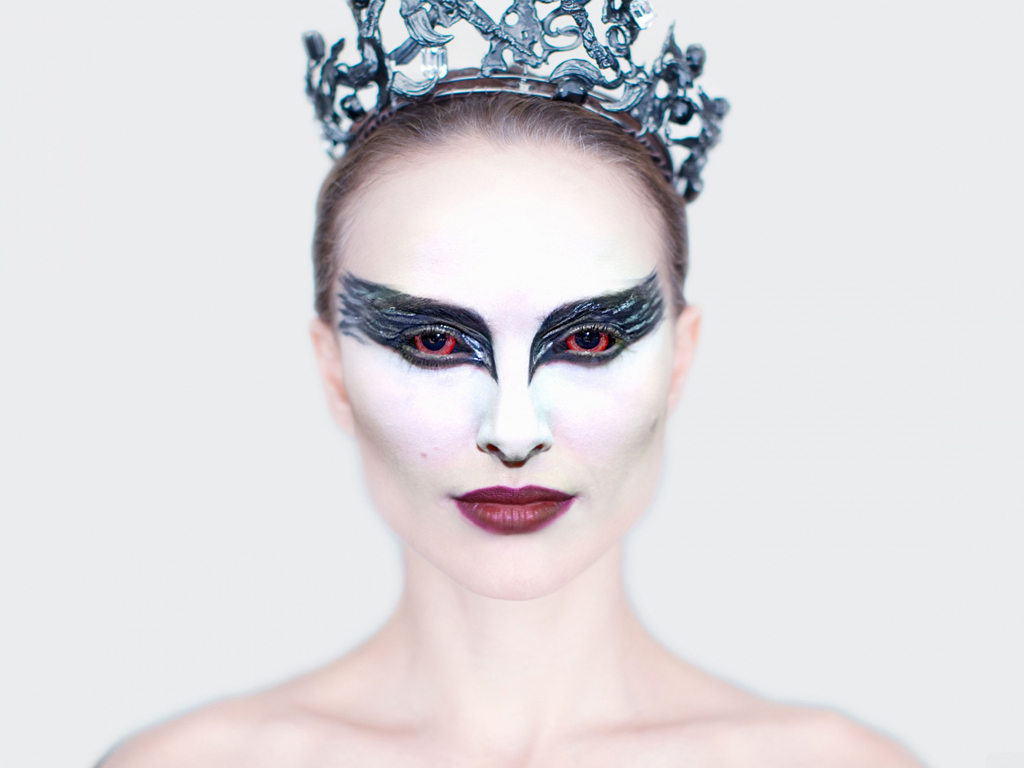Black Swan
Director: Darren Aronofsky
Cast: Natalie Portman, Mila Junis, Vicent Cassel & Barbra Hershey
2:1
By Zander Sirlin
In the words of Black Swan’s director, Darren Aronofsky, “Ballet can be dark, tragic, gothic,” an apt description of his new film. Black Swan fascinatingly combines The Understudy, an unrealized script by Andres Heinz about jealousy amongst off-Broadway theatre actors, with the premise of Fyodor Dostoevsky’s The Double, a novella about a man obsessed with the notion that a colleague is taking over his identity. Though it concerns a ballerina, the film outlandishly has much in common with both Italian horror cinema and the psychological thrillers and horror films of Roman Polanski’s and David Cronenberg’s early careers. Composed of many of the elements that made up those films, Black Swan is full of shocking displays of horrific imagery, a cast of characters that can only be ambiguously interpreted, and a protagonist whose deteriorating sanity casts a shadow of doubt over everything the viewer is shown. Cleverly modeled on the plot and moral conflict of Tchaikovsky’s Swan Lake, the film is the culmination of a number of interesting influences and ideas. Black Swan is a trashy piece of high art that likely will divide audiences.
Black Swan is the tale of Nina (Natalie Portman), an ambitious ballerina living with her mother (Barbara Hershey), a former dancer herself, in a New York apartment. When the artistic director of Nina’s company, Thomas (Vincent Cassell), forces the retirement of his former prima ballerina and lover Beth (Winona Ryder), the double lead role of White Swan and Black Swan in a new production of Swan Lake becomes available. Thomas admires Nina’s flawless technique; she is more than suitable for the White Swan, but Thomas is reluctant to cast her as she lacks the passion necessary to be the other half of the part. Nina’s situation is not helped by the importing of San Francisco dancer Lily (Mila Kunis), the Black Swan to Nina’s White. To grow into the Black Swan, Nina is told to “lose herself,” an instruction she takes far too seriously. In her quest for perfection Nina undergoes a dark metamorphosis of character and mind as everything moves towards the opening night of Swan Lake, the stunningly ghastly finale of the film.
Black Swan can most definitely be read as a companion piece to Aronofosky’s previous film The Wrestler. Both films follow the story of performers whose extreme devotion to their professional lives leads to the destruction of their personal lives. Wrestling and ballet, though typically considered to be on opposite sides of the artistic spectrum, a low art and a high art respectively, both involve a comparable level of physical expression. Trading small town wrestling rings for New York ballet, Black Swan changes subjects and scenery, but it continues an exploration into some of the same themes that Aronofsky has delved into before. Black Swan also reminded me of Aronofsky’s first film Pi, about a man who goes insane in his quest to mathematically decipher the universe, and of Aronofsky’s The Fountain, in which a man appears to take control of time and space. Aronofsky’s characters aspire to lofty, often unobtainable heights. Another of Aronofsky’s earlier films, Requiem for a Dream, about the spiraling descent of four drug addicts, comes to mind as well. Much like that film, Black Swan is a deeply disturbing piece that will drive you mad and haunt you well after the curtain closes.
Black Swan, largely deprived of light and color, looks great. Shot using a single camera with a taste for close-ups, the film’s cinematography succeeds in creating a sinister sense of paranoia and claustrophobia, reeling the audience deep into the mind of someone going increasingly insane. Sound and special effects do well to heighten the fantastic horror imagery of the film, furthering the cinematography’s efforts. Complementing all of this is Clint Mansell’s spectaculary disturbing score which works in Tchaikovsky’s original music. Aronofsky takes his approach to connecting seemingly disparate art forms to the style of his film, bringing a lowbrow horror aesthetic into it. Generally this is cool, but at times the shock horror imagery of the film goes so far over the top that I found myself inappropriately laughing out loud. One scene where this happens, even though it does contain value to the story, especially stands out. I don’t want to spoil it all for those who haven’t already heard about it, but you’ll definitely know what I mean when you see it. Okay, it’s a lesbian sex scene.
I must also mention Portman’s very compelling performance, surely the best she has ever given. She stays with the over the top approach the film often uses without breaking from character. The ten months of ballet training she did in preparation for the role, in addition to the dance instruction she had long ago, shows. The rest of the cast is solid as well. Cassell plays another character not unlike the ones we’ve seen him do before, but he’s just as watchable as ever.
Black Swan is far from a feel-good film and it may leave some ultimately unsatisfied. The different genre elements it brings together never completely mesh and the theatricality of the whole thing can be somewhat annoying. At the same time, on many levels, the film is a significant artistic achievement. It looks and sounds fantastic, and its blend of influences and ideas is awesome in its uniqueness. Overall I appreciated the experience of seeing the film, but Black Swan certainly does not cater to everyone’s tastes. If anything, Black Swan is something worth seeing for the uniqueness factor alone.
The Trailer for Black Swan.












